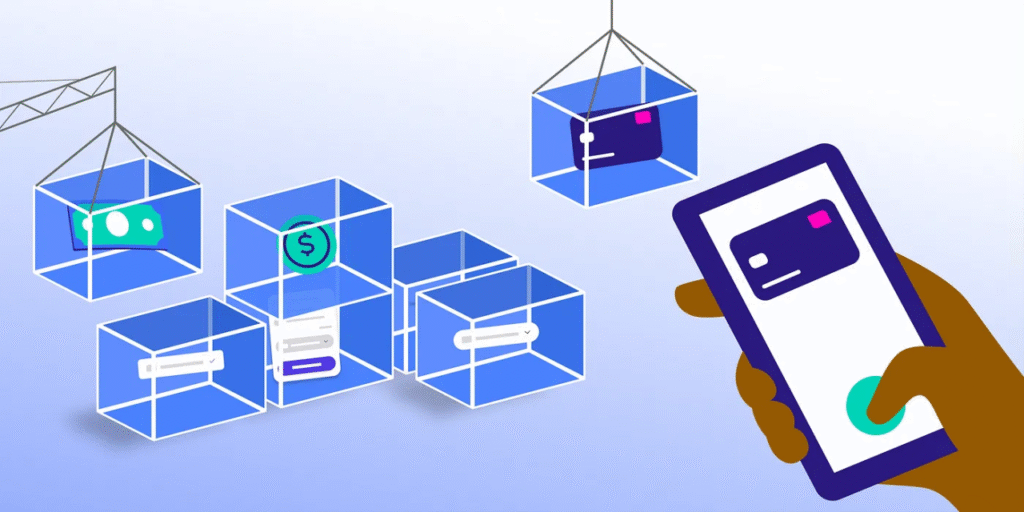
How to Build a Contactless Payment System Using RFID Card Reader?
Contactless payments are impacting our daily lives, with industries from retail to transportation rapidly adopting systems that streamline transactions. The RFID card reader is a key component of contactless payments. This small but powerful device enables secure, fast, and user-friendly contactless payments. In this article, we will guide you through the basic steps to develop a fully functional and secure contactless payment system, showcasing industry best practices and insights.
Understanding the Core Components of Contactless Payment Systems
Before implementation, it’s crucial to understand the building blocks of a contactless payment ecosystem. At its heart lies the RFID Card Reader, which interacts with RFID-enabled cards or devices to authenticate transactions. Supporting hardware includes microcontrollers, power supply units, and communication modules such as Wi-Fi or Bluetooth.
Software-wise, your system must integrate a payment gateway, encryption protocols, and transaction logging mechanisms. This foundation ensures real-time validation and records each interaction for audit and analytics. Together, these components must communicate seamlessly to maintain performance and security.

Selecting the Right RFID Card Reader for Your Environment
Not all RFID Card Readers are created equal. Each use case demands specific hardware capabilities. For instance, a reader for public transportation must handle high throughput and function in harsh outdoor conditions. Meanwhile, a reader in a boutique store may prioritize design and customer interaction.
Evaluate parameters like read range, supported frequency (e.g., 13.56 MHz), communication protocols, and power consumption. It’s also vital to ensure the reader supports industry standards such as ISO/IEC 14443 or 15693. These choices directly impact user experience, system durability, and security resilience.
Designing the System Architecture and Payment Flow
Once the hardware is selected, design the backend and frontend interactions. The payment flow typically starts when a customer taps their RFID card. The reader captures the card’s data and sends it to a server or cloud-based system. There, the system validates the card, authorizes the transaction, and confirms payment.
This cycle must occur in under two seconds to meet user expectations. It involves multiple steps, including data encryption, tokenization, and feedback loops. Proper architecture planning ensures scalability and prevents bottlenecks. Include redundancies and failovers in case of network failures or hardware issues to ensure continuity.

Implementing Security Measures and Compliance Standards
Security isn’t optional—it’s fundamental. RFID transactions are vulnerable to data interception, cloning, and relay attacks. Therefore, end-to-end encryption and secure key management are critical. Use secure elements or trusted execution environments where possible.
Beyond technology, comply with relevant standards such as PCI DSS, GDPR, and EMVCo, where applicable. These regulations protect user data and ensure your system is eligible for integration with mainstream payment networks. Regular audits, penetration testing, and software updates are part of a robust security strategy.
Developing a User-Friendly Interface and Interaction Flow
Even the most secure system can fail if users don’t trust or understand it. A well-designed interface builds user confidence. Use clear visual cues—such as LEDs, beeps, and screen prompts—to confirm successful transactions or alert users to errors.
Optimize the transaction flow to minimize steps and minimize friction. For example, design the interface to handle tap-and-go payments without requiring PIN entry for small transactions. Localize messages and instructions to match your target market’s language and expectations.

Testing and Validating the System Before Deployment
Before going live, perform rigorous testing to ensure the system is stable and functioning correctly. Lab simulations help identify logic errors and performance bottlenecks. Field testing exposes the system to real-world conditions, such as signal interference and high traffic volumes.
Test across scenarios: successful payments, failed authentications, network outages, and system reboots. Validate that the RFID Card Reader communicates reliably under each condition. Feedback from testers helps refine the user experience and catch potential security gaps before they escalate.
Scale and integrate with existing infrastructure
As your contactless payment system matures, scaling becomes a priority. Ensure your backend supports increased transaction volume, multiple locations, and diverse payment methods. Cloud-based infrastructures offer flexibility and reliability.
Consider integrating your RFID system with inventory management, loyalty programs, or access control systems to enhance functionality and streamline operations. These integrations improve operational efficiency and user value. Keep APIs modular and secure to support future upgrades without massive overhauls.

Unlocking Contactless Innovation with RFID Card Reader
Deploying a contactless payment system using RFID card readers requires not only technical proficiency but also a thorough understanding of the details. This means selecting the proper hardware, developing software that won’t fail under pressure, and ensuring security. RFID technology is still evolving, which means there is room for it to continue growing, adapting, and staying ahead. If you want your business to be future-proof and provide your customers with a better experience, now is the time to deploy your card reader. DCCO has been deeply involved in the smart card industry for many years. We have rich experience and technology. For more information about our card reader products, please don’t hesitate to contact us.


